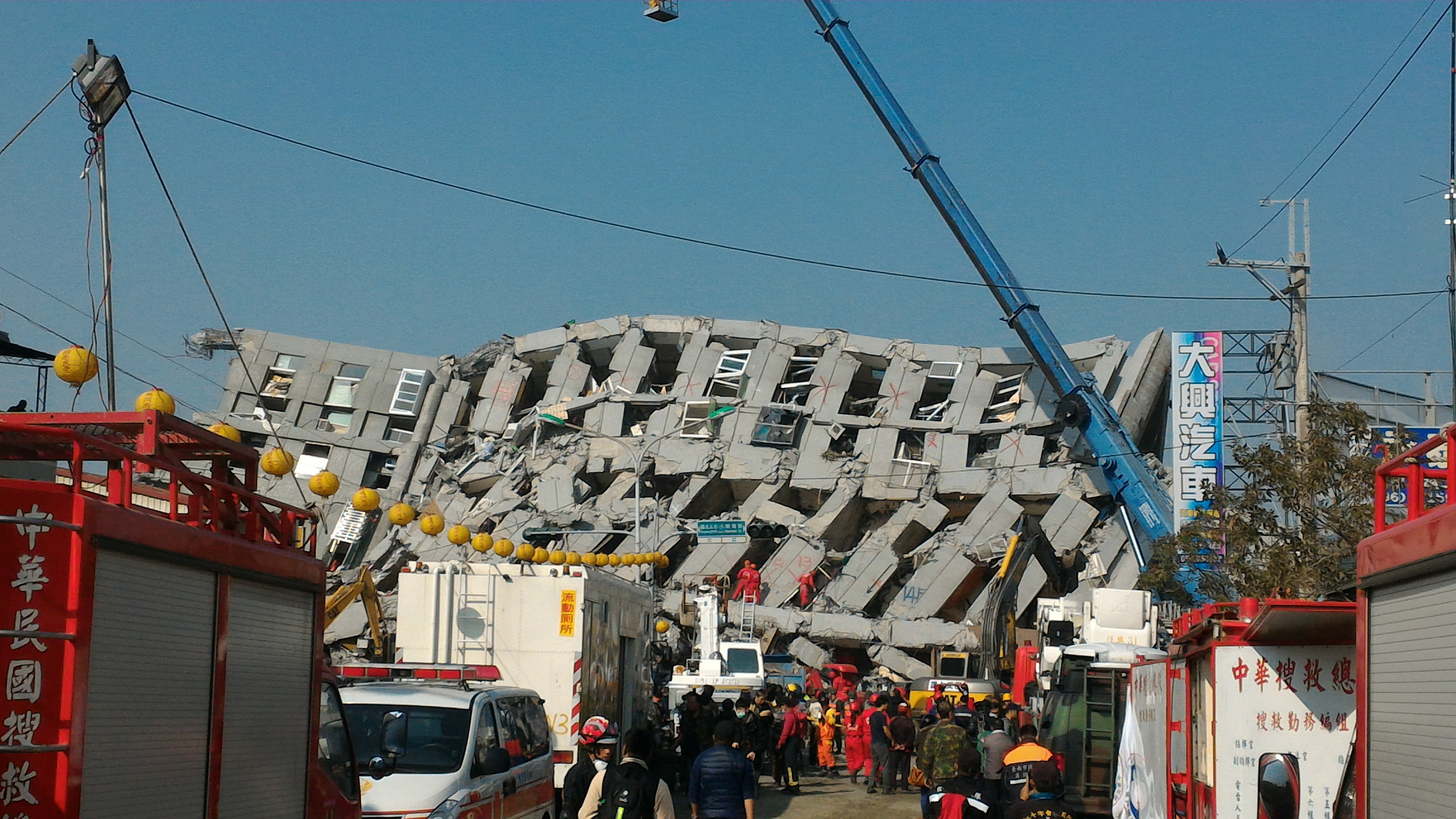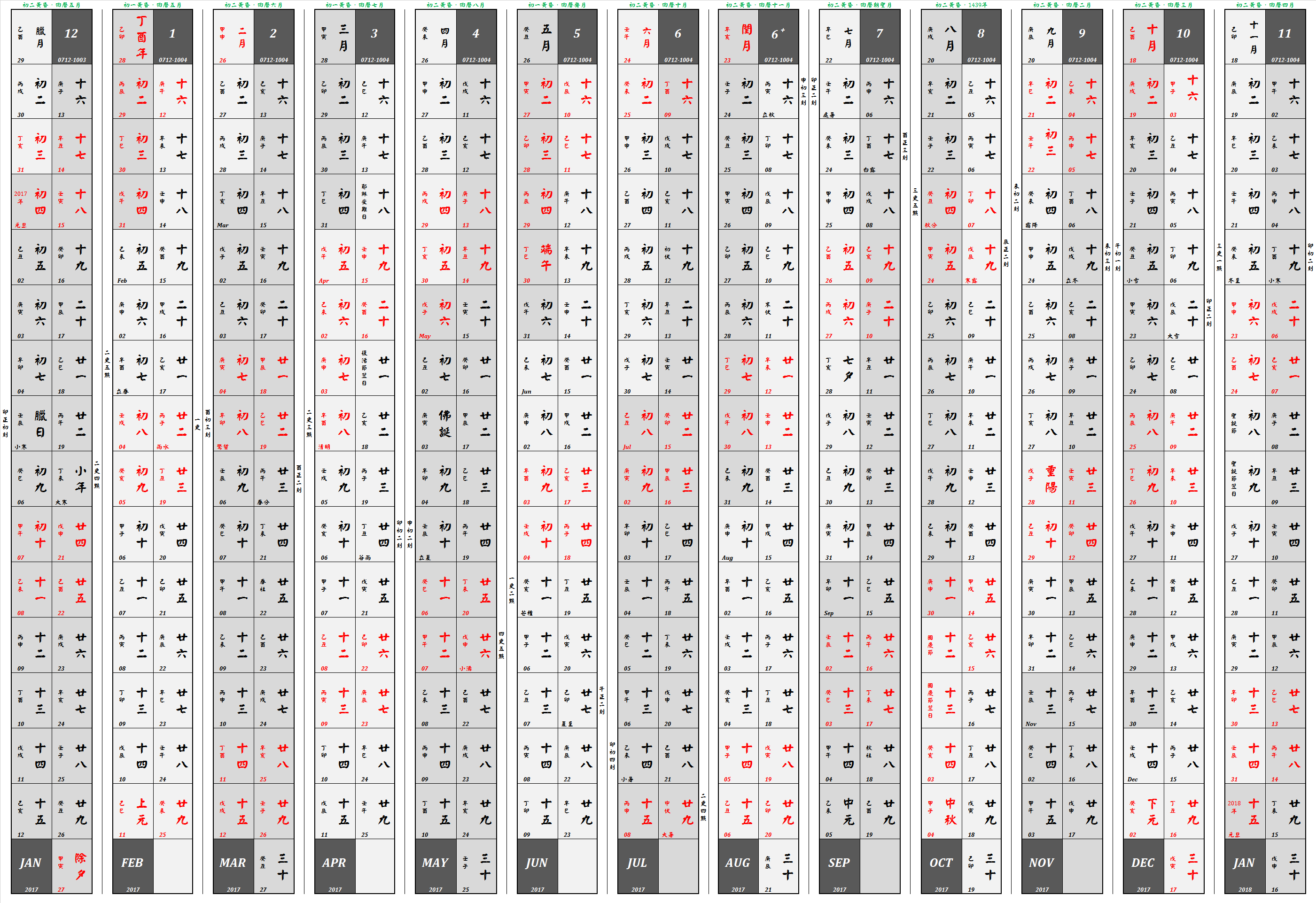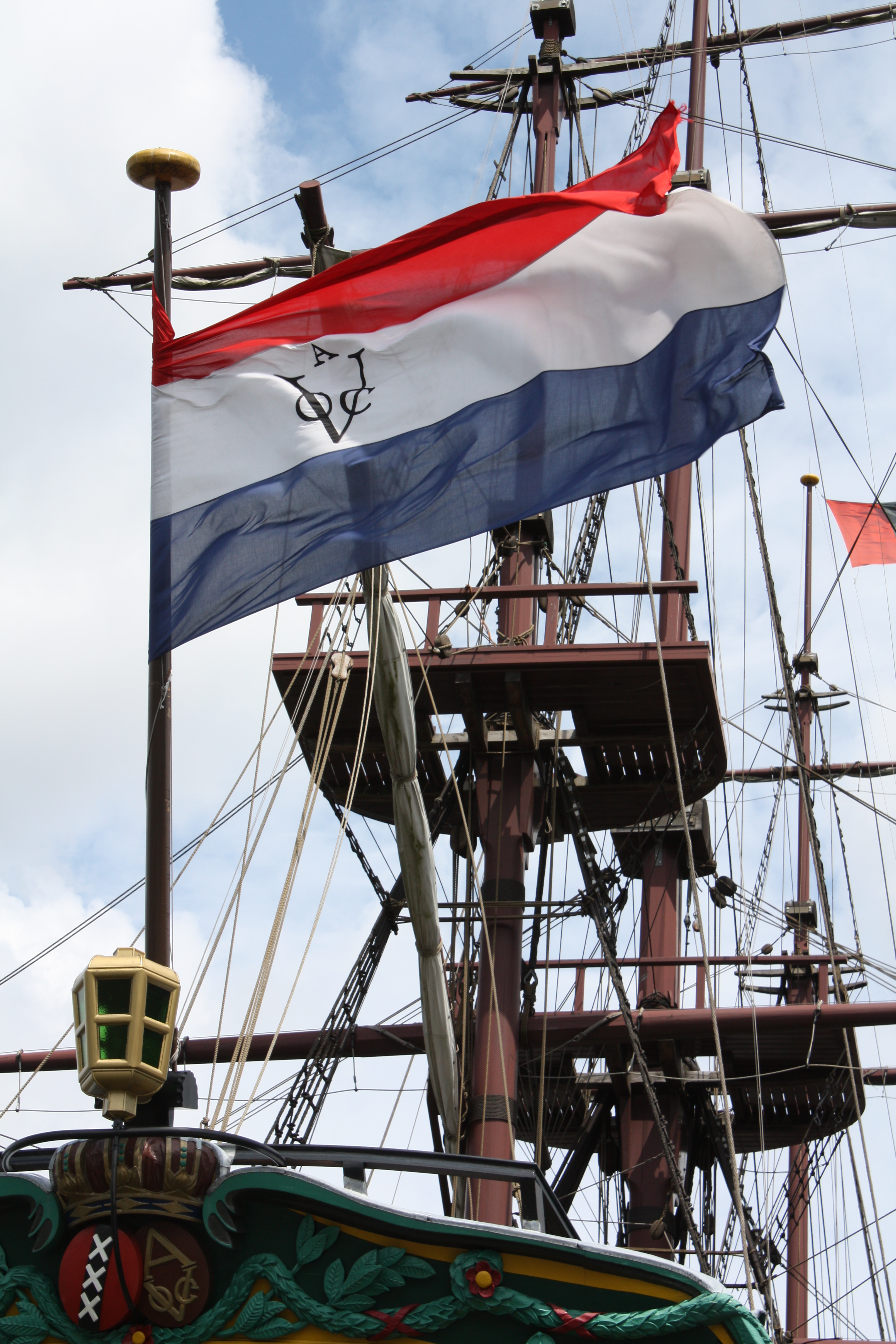|
2016 Kaohsiung Earthquake
At 03:57 local time on 6 February 2016, an earthquake with a moment magnitude of 6.4 struck 28 km (17 mi) northeast of Pingtung City in southern Taiwan, in the Meinong District of Kaohsiung. The earthquake struck at a depth of around 23 km (14 mi). Its comparatively shallow depth caused more intense reverberations on the surface. The earthquake had a maximum intensity of 7 on the Central Weather Administration seismic intensity scale, causing widespread damage and 116 deaths. Almost all of the deaths were caused by a collapsed residential building, named Weiguan Jinlong in Yongkang District, while two other people were killed in Gueiren District. Sixty-eight aftershocks have occurred. The earthquake was the deadliest earthquake in Taiwan since the 1999 Jiji earthquake. Geology Taiwan is located on the Ring of Fire, making it prone to intense earthquakes. However, the February 2016 event was particularly destructive and deadly. Taiwan lies on the boundary bet ... [...More Info...] [...Related Items...] OR: [Wikipedia] [Google] [Baidu] |
Peak Ground Acceleration
Peak ground acceleration (PGA) is equal to the maximum ground acceleration that occurred during earthquake shaking at a location. PGA is equal to the amplitude of the largest absolute acceleration recorded on an wikt:accelerogram, accelerogram at a site during a particular earthquake. Earthquake shaking generally occurs in all three directions. Therefore, PGA is often split into the horizontal and vertical components. Horizontal PGAs are generally larger than those in the vertical direction but this is not always true, especially close to large earthquakes. PGA is an important parameter (also known as an intensity measure) for earthquake engineering, The design basis earthquake ground motion (DBEGM) is often defined in terms of PGA. Unlike the Richter magnitude scale, Richter and Moment magnitude scale, moment magnitude scales, it is not a measure of the total seismic scales#Magnitude and intensity, energy (magnitude, or size) of an earthquake, but rather of how much the earth shake ... [...More Info...] [...Related Items...] OR: [Wikipedia] [Google] [Baidu] |
Volcanic Arc
A volcanic arc (also known as a magmatic arc) is a belt of volcanoes formed above a subducting oceanic tectonic plate, with the belt arranged in an arc shape as seen from above. Volcanic arcs typically parallel an oceanic trench, with the arc located further from the subducting plate than the trench. The oceanic plate is saturated with water, mostly in the form of hydrous minerals such as micas, amphiboles, and serpentines. As the oceanic plate is subducted, it is subjected to increasing pressure and temperature with increasing depth. The heat and pressure break down the hydrous minerals in the plate, releasing water into the overlying mantle. Volatiles such as water drastically lower the melting point of the mantle, causing some of the mantle to melt and form magma at depth under the overriding plate. The magma ascends to form an arc of volcanoes parallel to the subduction zone. Volcanic arcs are distinct from volcanic chains formed over hotspots in the middle of a tecton ... [...More Info...] [...Related Items...] OR: [Wikipedia] [Google] [Baidu] |
Lunar New Year
Lunar New Year is the beginning of a new year based on lunar calendars or, informally, lunisolar calendars. Lunar calendar years begin with a new moon and have a fixed number of lunar months, usually twelve, in contrast to lunisolar calendar years which have a variable number of lunar months that periodically resynchronise with the solar year. The event is celebrated by numerous cultures in various ways at different dates. The determination of the first day of a new lunar year or lunisolar year varies by culture. Better-known lunar new year celebrations include that based on the (lunar) Islamic calendar which originated in the Middle East. Lunisolar new year celebrations include that of the (lunisolar) Hebrew calendar from same region; the (lunisolar) Chinese calendar and Tibetan calendar of East Asia; and the (lunisolar) Buddhist and Hindu calendars of South and Southeast Asia. In 2023, the United Nations General Assembly recognized the Spring Festival that coincides with ... [...More Info...] [...Related Items...] OR: [Wikipedia] [Google] [Baidu] |
Chinese Calendar
The traditional Chinese calendar, dating back to the Han dynasty, is a lunisolar calendar that blends solar, lunar, and other cycles for social and agricultural purposes. While modern China primarily uses the Gregorian calendar for official purposes, the traditional calendar remains culturally significant. It determines the timing of Chinese New Year with traditions like the twelve animals of the Chinese zodiac, Chinese Zodiac still widely observed. The traditional Chinese calendar uses the Sexagenary cycle, sexagenary cycle, a repeating system of Heavenly Stems and Earthly Branches, to mark years, months, and days. This system, along with astronomical observations and mathematical calculations, was developed to align solar and lunar cycles, though some approximations are necessary due to the natural differences between these cycles. Over centuries, the calendar was refined through advancements in astronomy and horology, with dynasties introducing variations to improve accu ... [...More Info...] [...Related Items...] OR: [Wikipedia] [Google] [Baidu] |
Infant
In common terminology, a baby is the very young offspring of adult human beings, while infant (from the Latin word ''infans'', meaning 'baby' or 'child') is a formal or specialised synonym. The terms may also be used to refer to juveniles of other organisms. A newborn is, in colloquial use, a baby who is only hours, days, or weeks old; while in medical contexts, a newborn or neonate (from Latin, ''neonatus'', newborn) is an infant in the first 28 days after birth (the term applies to premature, full term, and postmature infants). Infants born prior to 37 weeks of gestation are called "premature", those born between 39 and 40 weeks are "full term", those born through 41 weeks are "late term", and anything beyond 42 weeks is considered "post term". Before birth, the offspring is called a fetus. The term ''infant'' is typically applied to very young children under one year of age; however, definitions may vary and may include children up to two years of age. When a human chi ... [...More Info...] [...Related Items...] OR: [Wikipedia] [Google] [Baidu] |
Weiguan Jinlong Building
At 03:57 Time in Taiwan, local time on 6 February 2016, an earthquake with a moment magnitude of 6.4 struck 28 km (17 mi) northeast of Pingtung City in southern Taiwan, in the Meinong District of Kaohsiung. The earthquake struck at a depth of around 23 km (14 mi). Its comparatively shallow depth caused more intense reverberations on the surface. The earthquake had a maximum intensity of 7 on the Central Weather Administration seismic intensity scale, causing widespread damage and 116 deaths. Almost all of the deaths were caused by a collapsed residential building, named Weiguan Jinlong in Yongkang District, while two other people were killed in Gueiren District. Sixty-eight aftershocks have occurred. The earthquake was the deadliest earthquake in Taiwan since the 1999 Jiji earthquake. Geology Taiwan is located on the Ring of Fire, making it prone to intense earthquakes. However, the February 2016 event was particularly destructive and deadly. Taiwan lies on t ... [...More Info...] [...Related Items...] OR: [Wikipedia] [Google] [Baidu] |
Tainan
Tainan (), officially Tainan City, is a Special municipality (Taiwan), special municipality in southern Taiwan, facing the Taiwan Strait on its western coast. Tainan is the oldest city on the island and commonly called the "Taiwan Prefecture, prefectural capital" for its over 260-year history as the capital of Taiwan under Dutch Formosa, Dutch rule, the Kingdom of Tungning and later Taiwan under Qing rule, Qing dynasty rule until 1887. Tainan's complex history of comebacks, redefinitions and renewals inspired its popular nickname "the Phoenix City". Tainan is classified as a "Sufficiency"-level global city by the Globalization and World Cities Research Network. As Taiwan's oldest urban area with over 400 years history, Tainan was initially established by the Dutch East India Company (VOC) as a ruling and trading base called Fort Zeelandia (Taiwan), Fort Zeelandia during Dutch Formosa, the Dutch colonial rule on the island. After Koxinga Siege of Fort Zeelandia, seized the Dutch ... [...More Info...] [...Related Items...] OR: [Wikipedia] [Google] [Baidu] |
Ground Motion
Ground motion is the movement of the Earth’s surface from earthquakes or explosions. Ground motion is produced by seismic waves that are generated by sudden slip on a fault or sudden pressure at the explosive source and travel through the Earth and along its surface. This can be due to natural events, such as earthquakes and volcanic eruptions, or human activities, such as the detonation of nuclear weapons. There are two main types of seismic waves: body waves and surface waves. Body waves travel through the interior of the Earth, while surface waves travel along the Earth's surface. Ground motion is typically caused by surface waves, which are the most destructive type of seismic waves. Ground motion is measured using a seismometer A seismometer is an instrument that responds to ground displacement and shaking such as caused by quakes, volcanic eruptions, and explosions. They are usually combined with a timing device and a recording device to form a seismograph. The ou ... [...More Info...] [...Related Items...] OR: [Wikipedia] [Google] [Baidu] |
Chianan Plain
Chianan, Chia-nan, or Jianan may refer to: * Chiayi–Tainan Plain, also known as the Chianan or Jianan Plain (, ''Jiānán Píngyuán''), a large plain on Taiwan Island * Chianan Irrigation (, ''Jianán Dàzùn''), also known as the Kanan Irrigation, used by farms in the Taiwanese plain See also * Wang Jianan (other) * Jian'an (other) or Chien-an, sometimes misspelled as Jianan or Chianan * Kanan (other), the Japanese pronunciation of the same characters {{geodis ... [...More Info...] [...Related Items...] OR: [Wikipedia] [Google] [Baidu] |
Tainan City
Tainan (), officially Tainan City, is a special municipality in southern Taiwan, facing the Taiwan Strait on its western coast. Tainan is the oldest city on the island and commonly called the " prefectural capital" for its over 260-year history as the capital of Taiwan under Dutch rule, the Kingdom of Tungning and later Qing dynasty rule until 1887. Tainan's complex history of comebacks, redefinitions and renewals inspired its popular nickname "the Phoenix City". Tainan is classified as a "Sufficiency"-level global city by the Globalization and World Cities Research Network. As Taiwan's oldest urban area with over 400 years history, Tainan was initially established by the Dutch East India Company (VOC) as a ruling and trading base called Fort Zeelandia during the Dutch colonial rule on the island. After Koxinga seized the Dutch fort in 1662, Tainan remained as the capital of the Tungning Kingdom ruled by House of Koxinga until 1683 and afterwards the capital of Taiwan Pr ... [...More Info...] [...Related Items...] OR: [Wikipedia] [Google] [Baidu] |
Crust (geology)
In geology, the crust is the outermost solid shell of a planet, dwarf planet, or natural satellite. It is usually distinguished from the underlying mantle by its chemical makeup; however, in the case of icy satellites, it may be defined based on its phase (solid crust vs. liquid mantle). The crusts of Earth, Mercury, Venus, Mars, Io, the Moon and other planetary bodies formed via igneous processes and were later modified by erosion, impact cratering, volcanism, and sedimentation. Most terrestrial planets have fairly uniform crusts. Earth, however, has two distinct types: continental crust and oceanic crust. These two types have different chemical compositions and physical properties and were formed by different geological processes. Types of crust Planetary geologists divide crust into three categories based on how and when it formed. Primary crust / primordial crust This is a planet's "original" crust. It forms from solidification of a magma ocean. Toward the end o ... [...More Info...] [...Related Items...] OR: [Wikipedia] [Google] [Baidu] |





